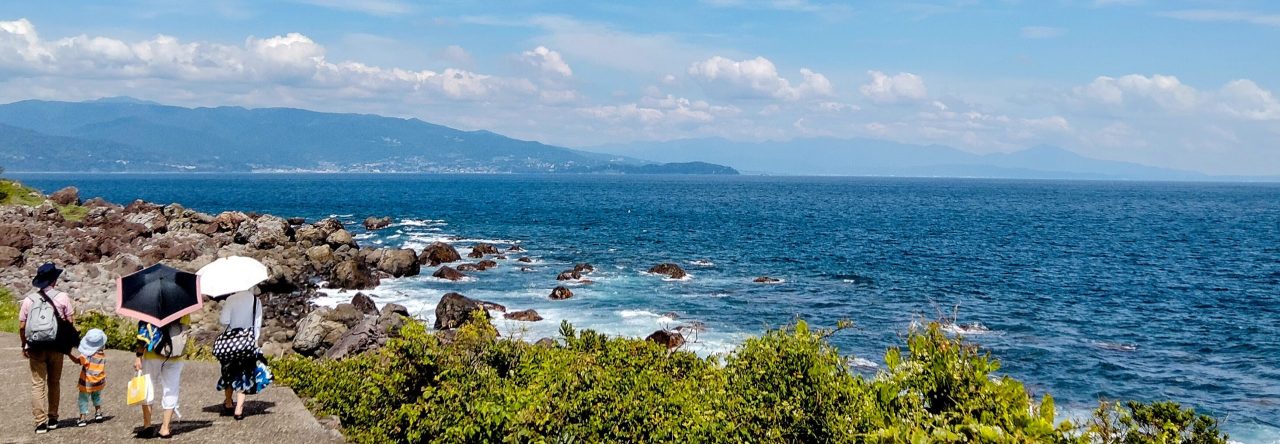■20204030(木曜日:晴れ)Antibody Positivity Rate

■今日で4月も終わりです。1年の3分の一が終わってしまいます。月末はゆっくり休んで、月初に少し長めに走って積み重ねをするのが、このところの方針になっています。
今年はオリンピックが行われる記念すべき年となるはずでしたが、新型コロナウイルス感染爆発のために、それどころではなくなりました。パンデミック、即ち世界的大流行が起こり世界中を飛び回っていた人々の流れがパタリと止まりました。
5月のゴールデンウィークというと、羽田空港や成田空港あるいは東京駅の様子がテレビにいつも報道され、多くの人が行き交う様子が映し出されます。しかし、今年はまるで別世界のような様相を呈しています。これは何も日本だけの特殊な状況ではなくて、今や世界的な状態となっています。
不急不要の外出は控えましょうという要請に従って、家に閉じこもりがちの毎日をみなさん送っています。これもまた日本だけではなく世界中で同様のことが起こっています。オーストラリアのBenに聞いてみたところでも、やはり同じだとのこと。在宅勤務と食料品の買い出しなど、必要最低限の外出しかできないようです。場合によっては警察によって罰金を課されることもあるそうです。
■さて、今日の東京新聞朝刊一面には、都内の医療機関で200名の調査を行った結果が発表されています。
新宿区、立川市のクリニックでボランティアを対象に、男性123名、女性79名、年齢は20から80歳に対して新型コロナの抗体検査を行ったのです。検査結果では、一般市民の147名の4.8パーセントに当たる 7 名が陽性。医療従事者55名のうち9.1パーセントの五名が陽性。市民・医療従事者を合計した202人全体では 12 名、5.9パーセントが陽性でした。
検査を行った医師は、こう語っています。
原因不明の死者が増えていることからも、PCR検査を拡大して速やかに診断し、早期に治療を開始すべきだ。
同紙の解説によれば、
今回の調査は多くの無症状や軽症者を含め、国内で感染が確認された人数を何十倍も上回る人が既に感染した可能性を示している。
感染者が最も多い東京都の人口は 1,390万人。PCR 検査で実際に確認された 4,100 人余りは氷山の一角とも言うべき数字で、比べ物にならない。
感染者は無症状や軽症が8割とされる反面、残り2割は入院が必要な中等症以上だ。都が想定する 4,000床程度のベッドでは対応できない恐れも出ている。
これまで検査数を絞ってきた世界でも珍しい日本式のやり方は見直しを迫られている。一旦決めた政策に固執せず転換を図るべきだ。
問題の出発点となったクルーズ船内の感染者の問題から、日本政府の対応は後手後手に回ったように見えます。オリンピック開催を控えて政府の対応が、感染の拡大を限りなく最小限に見せかける、という意図だとすれば、それは徹底されていたと思いますが、オリンピックが延期された今となっては、隠蔽しても余り意味がありません。
PCRをしなければ、感染拡大の様子が分かりませんから、都市封鎖をする必要もなく、集団免疫獲得を期待して、経済活動制限は最小限に抑えられます。
しかし実際には緊急事態宣言を出して、国民の行動を陰湿とも言えるようなやり方で、ほとんど補償も無く、同調圧力で拡大を防止しようとしています。こうなると経済活動は瀕死の状態です。
これではどこへ向かおうとしているのか、対応が支離滅裂のように私には見えるのですが。
Today is the end of April, a third of the year is coming to an end. My policy these days is to have a good rest at the end of the month and run a little longer at the beginning of the month to build up.
This year was supposed to be a memorable year for the Olympics, but the explosion of a new coronavirus infection prevented that from happening. There was a pandemic, or a worldwide pandemic, and the flow of people who had been flying around the world stopped.
During Golden Week in May ( long holidays in Japan), there are always TV reports of Haneda Airport, Narita Airport, and Tokyo Station, showing many people coming and going. This year, however, it has taken on a whole new dimension. This is not just a special situation in Japan, it is now a global situation.
We all live our days confined to the home, following the request to refrain from going out of the house if it is not urgent. This is also happening not only in Japan, but all over the world as well. I asked Ben in Australia and he said the same thing. They seem to be able to work from home and go out only the bare necessities, such as grocery shopping. In some cases, fines can be imposed by the police.
Today, the front page of the Tokyo Shimbun’s morning newspaper reports the results of a survey of 200 people at medical institutions in Tokyo.
Volunteers at clinics in Shinjuku and Tachikawa City were tested for new corona antibodies against 123 men and 79 women, ages 20 to 80 years old. Tests showed that seven people, or 4.8 percent of the 147 members of the public, were positive. Five of the 55 health care workers, 9.1 percent, were positive. Of the total 202 citizens and health care workers combined, 12, or 5.9 percent, tested positive.
The doctor who performed the test said.
Given the increasing number of deaths of unknown causes, PCR testing should be expanded for prompt diagnosis and early treatment.
The paper’s commentary is as follows.
This investigation shows that dozens of times more people may have already been infected than have been confirmed in the country, including many asymptomatic or mildly ill people.
The population of Tokyo with the highest number of infected people is 13.9 million, compared to the 4,100 or so actually confirmed by PCR testing, which is the tip of the iceberg.
While 80% of those infected are said to be asymptomatic or mildly ill, the remaining 20% have moderate or higher illnesses that require hospitalization. It is feared that the 4,000 or so beds envisioned by the Tokyo Metropolitan Government will not be able to accommodate the new system.
The Japanese method, which has been used to reduce the number of tests, is now having to be reviewed. Once a policy has been decided, it should be transformed instead of sticking to it.
The Japanese government’s response appears to have taken a back seat to the problem that started with the infected people on the cruise ship. If the government’s response in the run-up to the Olympics was to make the spread of the disease appear as minimal as possible, it was thorough. But now that the Olympics have been postponed, there is no point in covering it up.
Without PCR, we don’t know how the infection will spread, so we don’t have to have urban blockades, and we can minimize the restriction of economic activity in the hope of acquiring population immunity.
In reality, however, they have declared a state of emergency and tried to prevent the spread of the disease through sympathetic pressure, with little compensation, in a manner that could be called insidious by the people. When this happens, economic activity is on the verge of death.
This makes it seem to me that the response is incoherent as to where they are trying to go with this.

コメントを残す